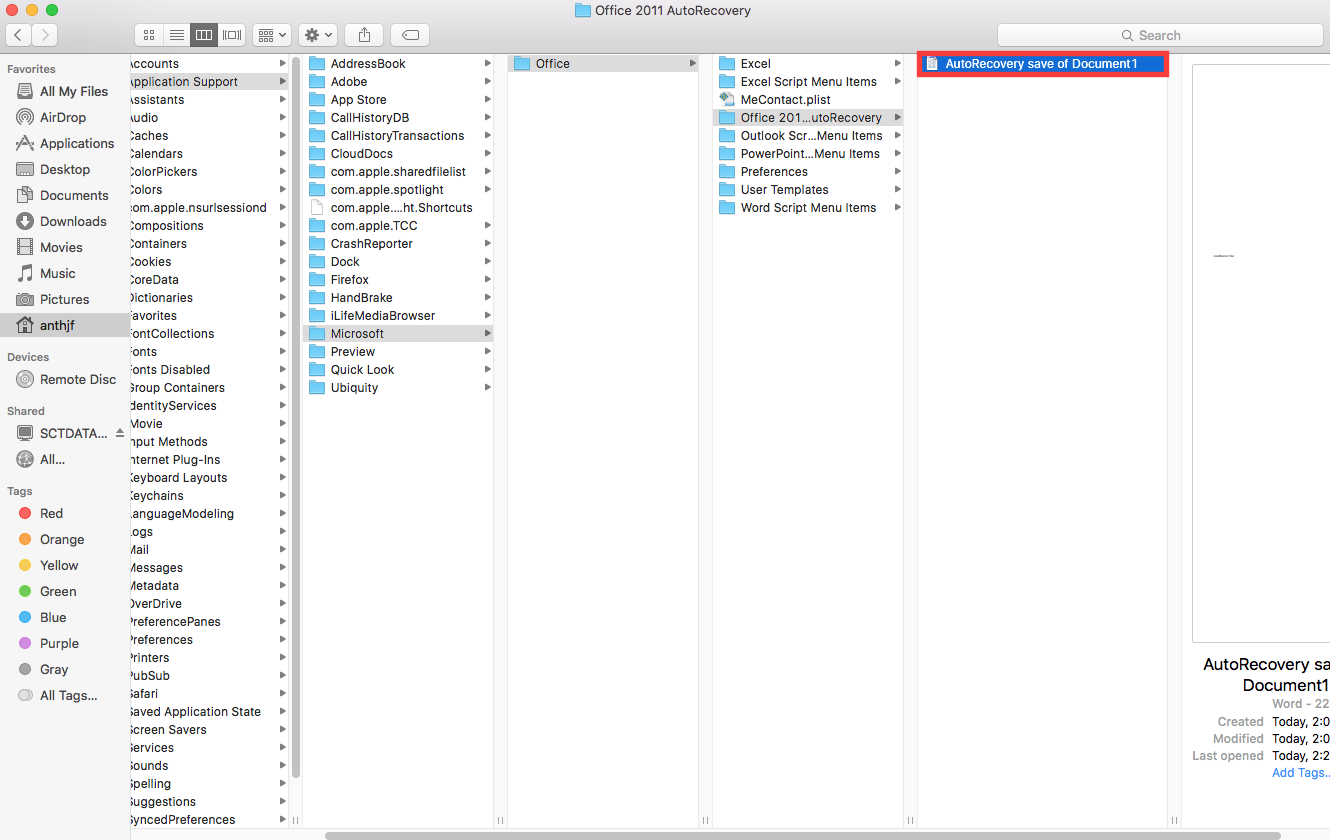
- #Where doe the 2016 word for mac dictonary go how to#
- #Where doe the 2016 word for mac dictonary go mac os x#
#Where doe the 2016 word for mac dictonary go how to#
That’ll automatically put the word in the dictionary file I mentioned above, and your Mac shouldn’t ever try to correct you again on it.Īnd by the way, I do actually know how to spell “dachshund.” I promise I only had to look it up two or three times. First, spell the word the way you’d like it to be, and then right-click on it and choose “Learn Spelling.” If all you want to do is add a single word to this personal dictionary, that’s even faster. After you do that, your changes will be applied, and your life will be easier! Well, at least this one tiny bit of your life will be. When you’ve made your changes, save the file and then log out and back in again. MacWord (2011): Word menu > Preferences > Spelling and Grammar tab > Dictionaries button. Now’s where you go nuts-add multiple items to your dictionary (but be sure to keep them in alphabetical order!), edit things on it, or remove words if you don’t want them to be considered correctly spelled anymore. To find these dictionaries, you’ll first need to display the Custom Dictionaries dialog box: WinWord (20): File menu > Options > Proofing tab > Spelling & Grammar > Custom Dictionaries button. The classic view helps the people to smoothly upgrade to the latest version of Office, and work with Office 2007/2010/2013/2016 as if it were Office 2003 (and 2002, 2000). But then if you double-click “LocalDictionary,” it should open in your default text editor, and you’ll be able to see and edit its contents. It brings back the classic menus and toolbars to Microsoft Office (includes Word) 2007, 2010, 2013, 2016, 2019 and 365. If you hold down the Option key with that “Go” menu open, “Library” will appear.Ĭlick that, and then look for a folder within it called “Spelling.” Open THAT, and you’ll see “LocalDictionary” inside.īefore you make changes here, I’d strongly suggest you make a copy of this file just in case something goes wrong. To do that, click on the Finder icon in your Dock (it’s the blue smiley face on the left) and choose the “Go” menu at the top. Ah, bliss.Įditing that dictionary is actually simple-it’ll just involve getting to your hidden Library folder.
#Where doe the 2016 word for mac dictonary go mac os x#
This’ll prevent Mac OS X from attempting to correct those items, and it’ll also take away that irritating red squiggle underneath ’em that means they're misspelled.

Well, there’s a custom dictionary file for every user account on your Mac, and were you so inclined, you could go in and add words, names, or anything else you were tired of being corrected on to its list. But what if it keeps trying to correct a word you know is right? I find this happens a lot with technical terms. If you tap the spacebar when you see a suggestion like the one above, your Mac will helpfully insert the correction, and you’ll be on your way.

Recent versions of Mac OS X will offer suggestions and automatically correct stuff if you’ve misspelled a word.


 0 kommentar(er)
0 kommentar(er)
